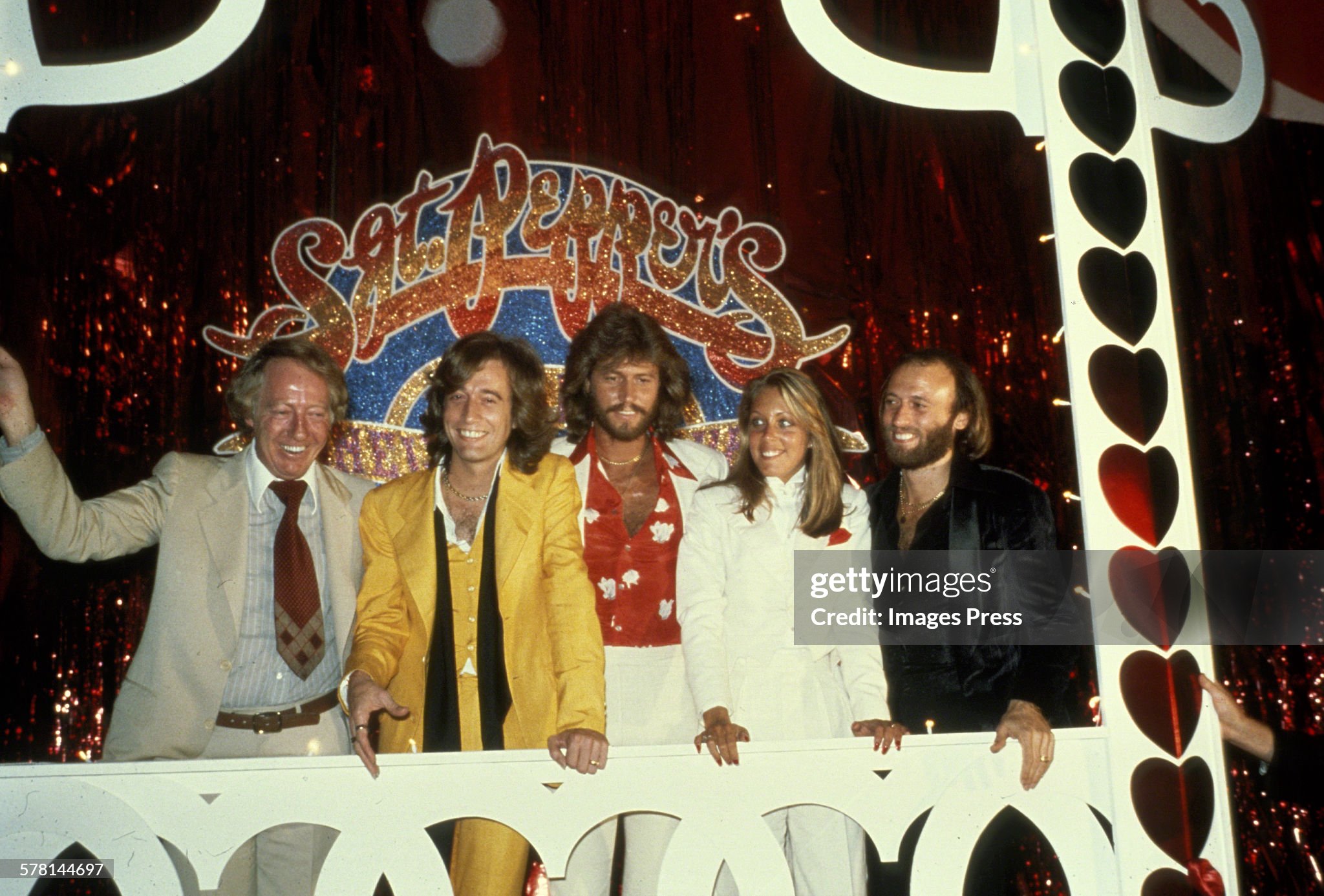
The Fragile Echo of Isolation Beneath the Weight of a Collapsing World
When New York Mining Disaster 1941 emerged as the debut international single by the Bee Gees in April 1967, it arrived like a whispered secret through the static of late‑sixties radio. Featured on their album Bee Gees’ 1st, the song introduced the Gibb brothers to audiences far beyond their native Australia, charting within the Top 20 in the United Kingdom and breaking into the Billboard Hot 100 in the United States—a remarkable feat for a new act competing in an era dominated by The Beatles and The Rolling Stones. Yet even before listeners learned who had written it, many were struck by its uncanny sense of place and tone: an intimate voice calling out from darkness, suspended between life and death, framed by harmonies that seemed both ancient and immediate.
The song’s title alone conjures an unsettling juxtaposition—“New York” and “mining disaster” together evoke something almost mythic, for no such catastrophe had ever occurred. This deliberate fiction set the stage for what would become one of the Bee Gees’ most evocative early works: a story not of specific tragedy, but of universal entrapment. Legend has it that Barry and Robin Gibb conceived the idea after reading about Welsh mine collapses from earlier decades; they imagined themselves as miners trapped beneath rubble, uncertain if rescue would come, clinging to memory as their final tether to humanity. Out of this stark scenario grew a song that transcends reportage to inhabit a psychological landscape—the claustrophobia of confinement rendered through minimalist arrangement and haunting restraint.
Musically, New York Mining Disaster 1941 was a statement of purpose. Its sparse instrumentation—gentle acoustic guitar, mournful cello lines, and those ethereal sibling harmonies—created an atmosphere closer to chamber folk than pop. The Bee Gees’ voices overlap like ghosts conversing in darkness, each refrain echoing with quiet resignation. It is here that one recognizes the group’s emerging genius: their ability to merge narrative storytelling with emotional architecture. Every chord change feels like a flickering lantern; every harmony shift tightens the invisible air around you.
Lyrically, the song operates as both literal narrative and existential metaphor. Beneath its surface tale of men buried alive lies a broader meditation on human fragility—the fear of being forgotten, the longing for connection when all hope recedes. The “disaster,” in this sense, could be read as modern life itself: industrial progress swallowing its laborers, or memory collapsing under history’s debris. That interpretive elasticity is precisely what made the song resonate across generations. Long before their disco triumphs or lush balladry, the Bee Gees announced themselves here as craftsmen of melancholy—poets capable of distilling vast emotion into quiet confession.
New York Mining Disaster 1941 remains one of those rare debut statements that feels fully realized: austere yet tender, tragic yet humane. In its echoing descent into darkness, we hear not just a tale of miners but an early glimpse into the Bee Gees’ lifelong fascination with memory, loss, and survival—themes they would revisit again and again as they tunneled through the decades in search of light.